Archiving projects at AFRY
AFRY (f.k.a. ÅF) is a Swedish engineering, consulting and design company within the fields of energy, industry, infrastructure and information technology.
AFRY (f.k.a. ÅF) is a Swedish engineering, consulting and design company within the fields of energy, industry, infrastructure and information technology.

The intranet at AFRY is used for accessing collaboration areas and customer projects, which had never been archived.
This became a problem for the project members who didn’t see which projects were active and not. It was also associated with high storage costs and servers being full.
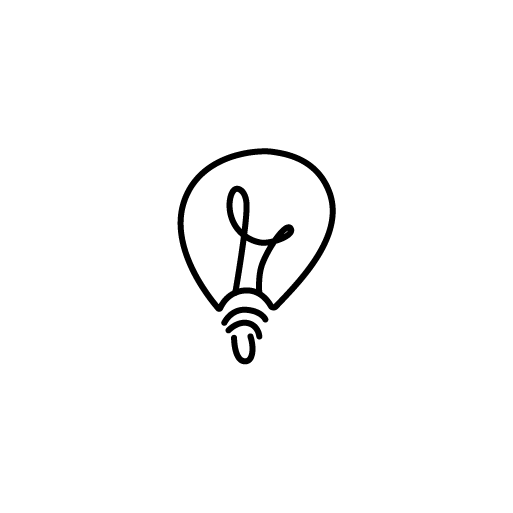
We dedicated two month to analyze the base line of the existing technical solution based on the design thinking methodology which includes 5 stages: empathize, define, ideate, prototype and test.
We launched the functionality as a feature toggle since it needed more thorough verification with real data before launching it to everyone.

I conducted the user research and defined the main user flows. I also created and tested rough wireframes together with end users and UX specialists.
Together with the development team and key persons at ITO we came up with a good solution that matched the user needs and also considered existing constraints.
Conducted 5 user interviews with project managers to understand the process after a project has been delivered to a customer. What need to be accessible to whom and when?
Quantitive data was gathered from the database showing how many of the projects have been updated the last 3 years.
Based on the interviews I created main user flows and a storyboard showing what happens when a project is done and what the project manager and members need to be able to do with the documents.
Stoyboarding is an efficient way of describing the overall problem to different stakeholders.

Voice of the end user
We realized that the term “archiving” meant different things to different people. There was this fear of not being able to access the project if it were archived. That was the biggest reason for not archiving projects at all.
We also saw that more than 75% of the projects hadn’t been updated the last 3 years. Here we could save storage.
There was another team working on a technical solution to handle one of the different collaboration areas, servers. We needed to work tightly together since the two solutions are dependent of each other.
More than 75% of the projects hadn’t been archived due to fear of not being able to access them.
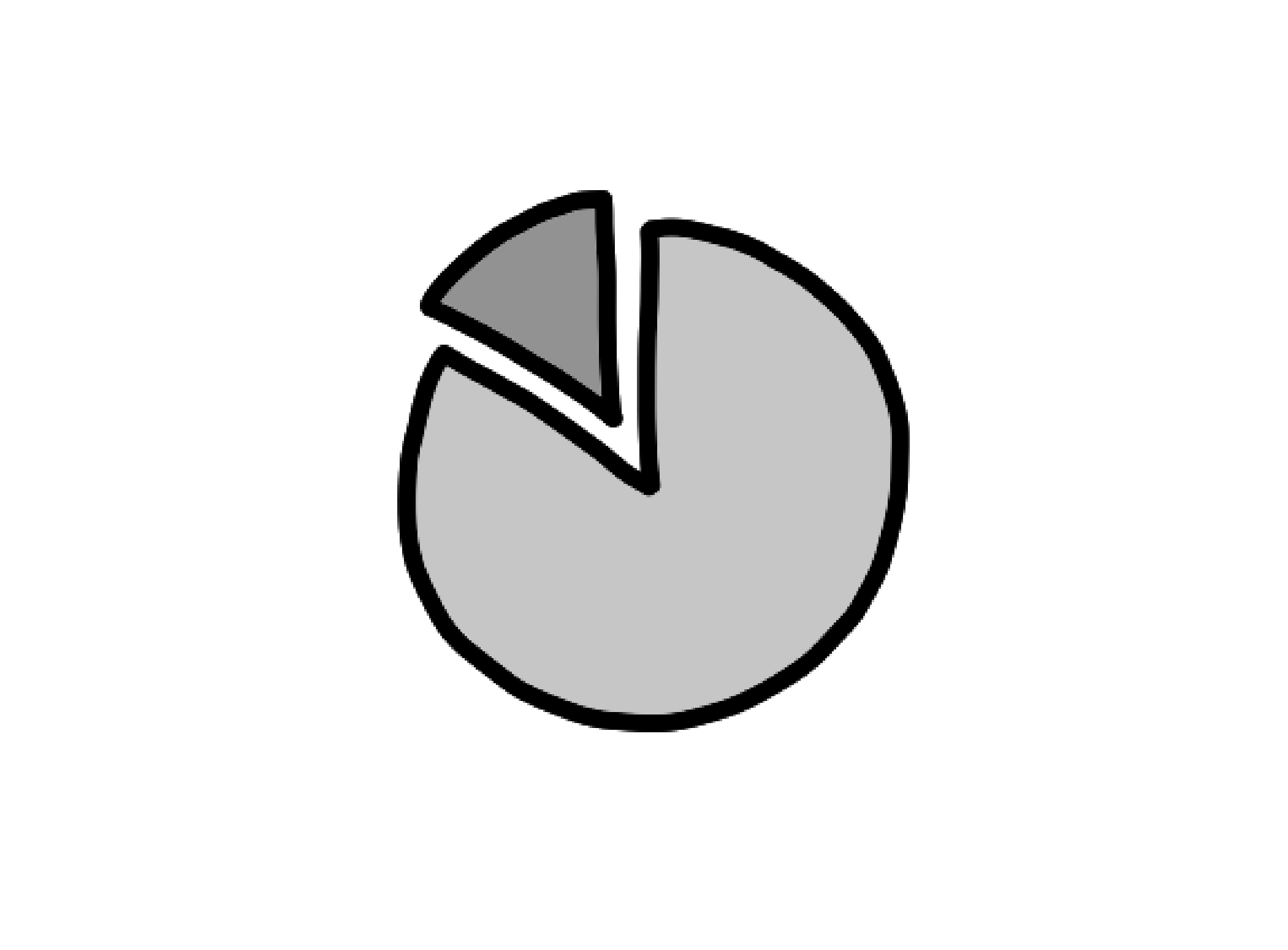
Our team brainstormed together with the other team to find a technical solution that would work for both parts.
I sketch out some rough wireframes showing the main user flows and went through them with the team, some key users and UX specialists.
We came to the conclusion that this was very complicated from a technical point of view and associated with high risk due to the amount of project documents needed to be handled and access rights to be set so we implemented it as a toggle feature, meaning we could roll out the function and verify it in a controlled way.
Wireframes let you verify the user flows early in the process.
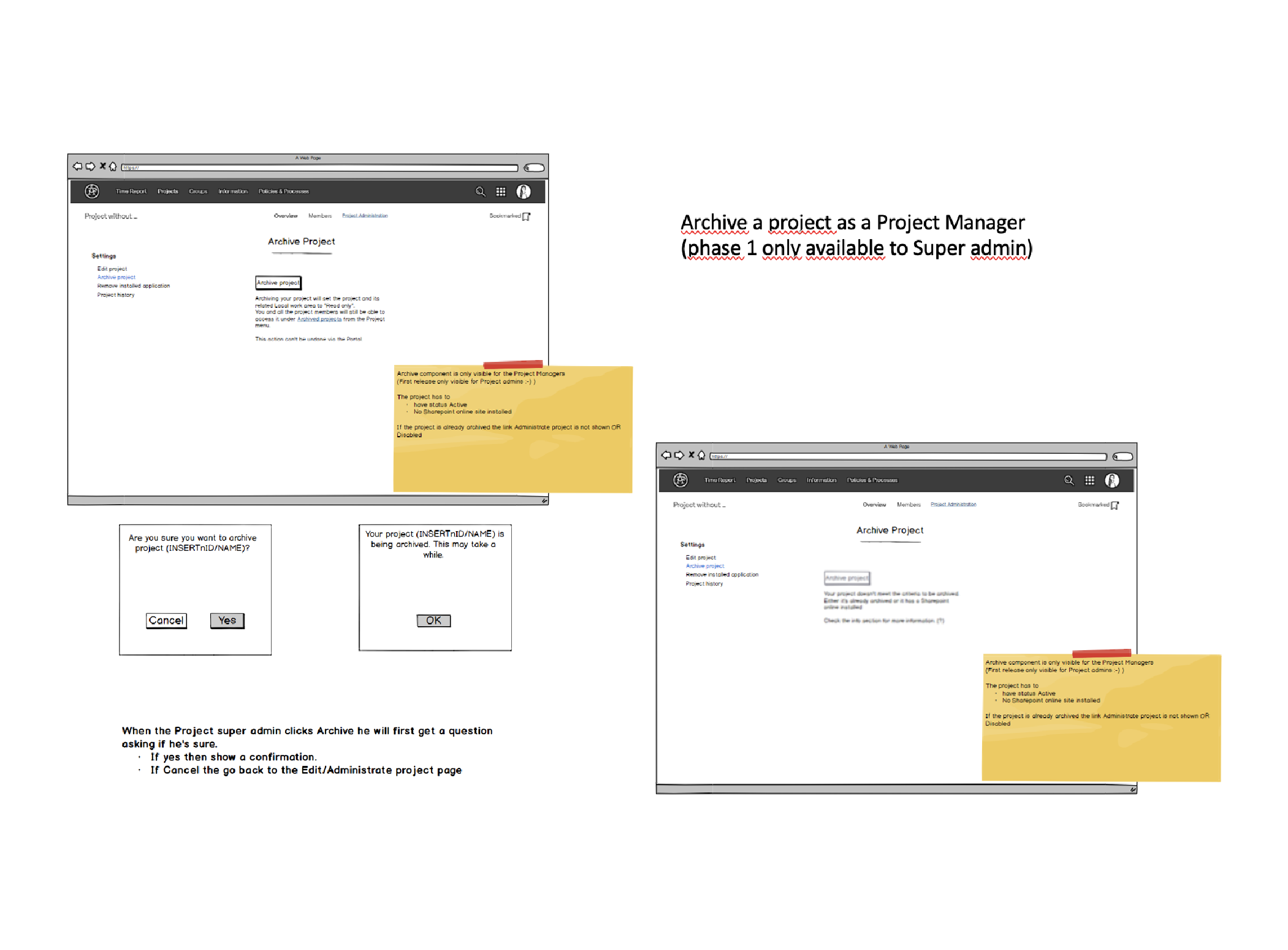
We printed the wireframes and put them on the walls and windows. The whole team collaborated to come up with solutions during this session.
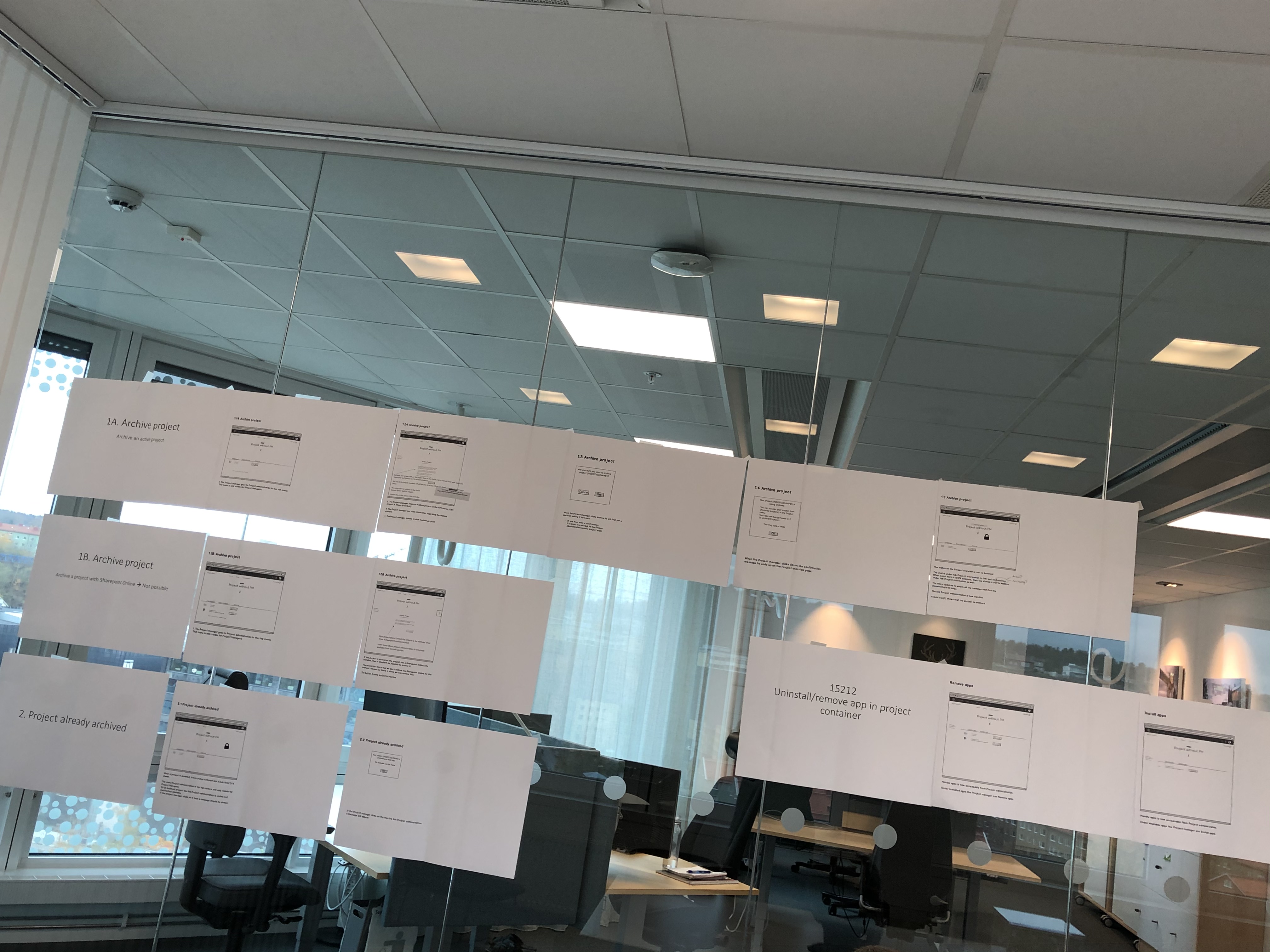
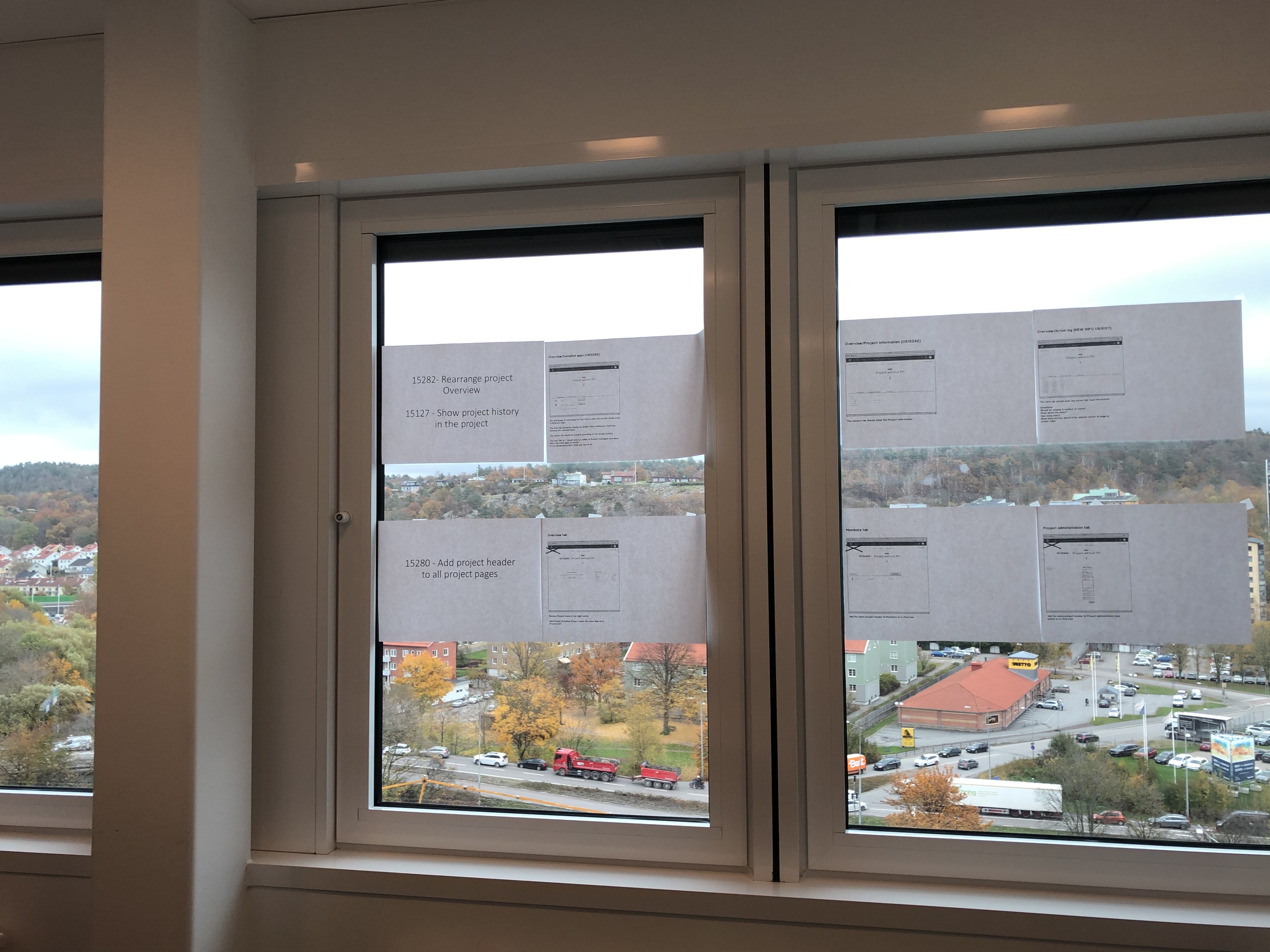
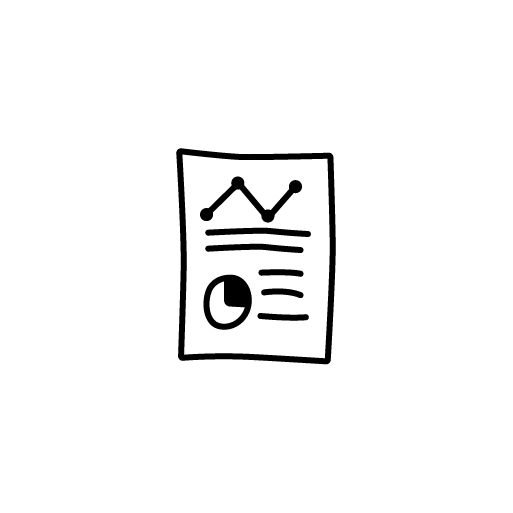
We now have a first version of the functionality in the production environment that we can continue evaluating together with the end users and with real data..

This was the first time the whole team was involved the design process. At the beginning there was a bit of questioning regarding if the developers should participate or not. But after some persuasion by me they all agreed on participating. This contributed a lot to the end result and we also had a great time working on this together.
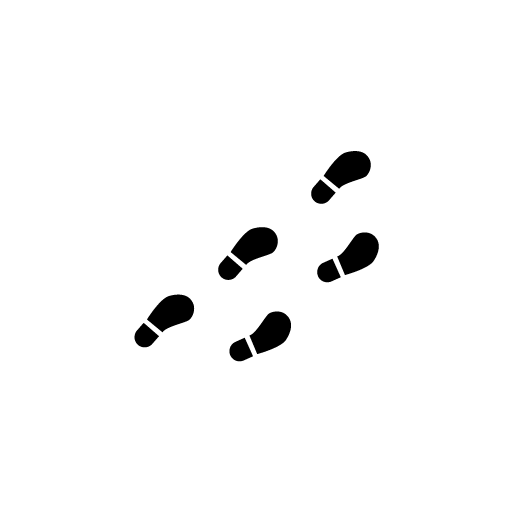
The validation will continue together with the team and the end users to see how we can improve the user flow even further and to analyze what other technical aspects we need to consider due to changes made by the other team.